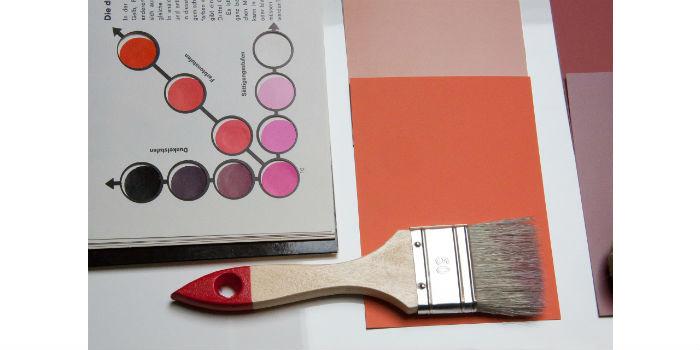 The current trend in the application of paints is that end users are painting their residences.
The current trend in the application of paints is that end users are painting their residences.
by Licenciado José Tomás Rojas. Master in Paint Technology*
Some time ago, we could place it between the 60s and 70s of the last century, it was common to get with the figure of the specialist painter, also known as master of paintings, or painter with a thick brush. This last qualifier was applied to them by the size of the brushes they used, implements difficult to handle, except for the expert hands of the painting professional. The image of the painter, with his work panties, brush and cap, became so familiar that it formed and still forms part of the logo and image of many important paint factories. Fig 1.
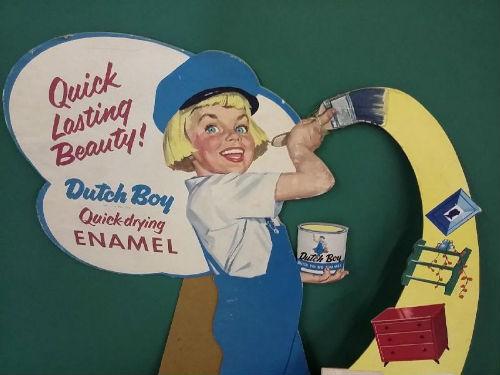
Fig.1 Notice from the Dutch Boy Company. Vintage. Year 1950.
As an expert in paintings, the painter specified the work projects that people and institutions entrusted to his charge. It determined the type of paint to be used, recommended the conditioning that should be done to the surface to be painted prior to the application of the coating, calculated the amount of paint needed, depending on the number of meters to be painted, selected the brand of paint to be used, and could even guarantee its work for several years. In general, their criteria were respected and used by paint factories for the design of their products, and their marketing campaigns, which were very oriented to these professionals. It can be said that painters were the fundamental actor in the decision to buy paintings of that time.
New times new possibilities
For various reasons, including the factors associated with the cost of labor, the figure of the professional painter has been disappearing, and in its place has emerged a new trend of painting known as DIY, from the English "Do it Yourself", or Do it yourself. It should be noted that in this trend are mainly domestic paints or home paintings, since paintings oriented towards the maintenance and protection of structures are still under the care of professional painters.
DIY primarily means that homeowners have taken the initiative to do the paint jobs their home requires themselves, and this has meant a major shift in the way domestic paints are designed, manufactured, and marketed, as the purchase decision has shifted from the professional painter to the end user.
This new approach is based on the principle that homeowners are not usually experts in the application of paints, so strategies must be designed to facilitate this work. All the knowledge that in the past was in the hands of the painting professional, must now be simplified and transferred to the user through advertising campaigns, manuals, labels, technical sheets and communication tools of the new times, such as social networks.
Now, it's not just paint companies that produce this informational material. Television channels have also emerged that are oriented towards techniques for home improvement through painting, inviting to their programs decorators, painters, architects and other related professionals, to share their techniques and knowledge with their viewers.
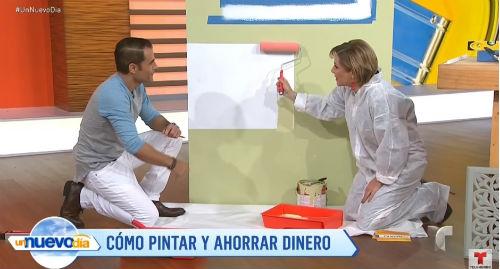
Figure 2. Youtube image.
On-demand colors
Paradoxically, some of these tools that seek to help the user in the process of selecting and applying paints in their home, sometimes, instead of facilitating this process, tend to complicate it. The classic example is that of color charts. Any brand of paints can provide the user with a letter with 2,000 colors at their disposal, and this can make the process of selecting three colors to combine in the spaces of the house, within such a wide variety of possibilities, become stressful.
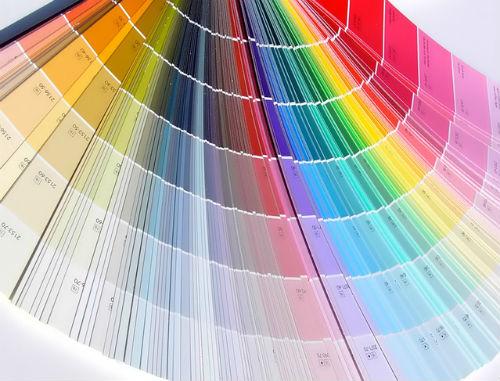
Fig. 3 Color Chart
Fortunately, technology has come to the aid of users. Already the paint shops, especially those of large companies, have computer equipment and application software that allow to load the digital photograph of the environments of the house, and to make on the photograph, the combinations of colors, so that the user can have an idea of what will be the final result of his selection. You don't even have to head to the store to do this. With a simple Internet connection you can enter the website of the paint company, and make the combination of the colors of your preference, all from the comfort of home.
Additionally, many stores have a permanent advisory service, whose objective is to guide the user in terms of the selection of colors most appropriate for the environment he wants to paint, supported by the use of modern decoration techniques.
Works for me
Once the selection of the colors that will be used in the work of paints has been made, the user must decide which is the type of product that best suits their needs, in terms of performance, protection, durability and economy. This decision is not always easy, since there are many factors, and many types of paints available in the market, however, paint factories, either on their own initiative, or in compliance with regulations emanating from government agencies focused on consumer protection, have designed a classification of paints that allows you to have a quick idea of how the behavior of the paint will be, before and after the application, as well as its price range.
In general, the most frequent way to classify paintings is to place them within categories identified with letters, such as A, B and C. In this case, type "A" paints are indicated as high performance or "Premium", type "B" paints as good performance, and type "C" paints as good price/value ratio. The price differences between the categories mentioned are usually significant.
There is a list of properties, and a range of performance that the paint must meet in order to be placed within this or that category. In many countries, certificates or quality seals are granted that indicate that the paints have been subjected to an independent audit and verification process that confirms that their performance corresponds to the category within which they have been placed by the manufacturer.
It is worth knowing that there are important differences between the formulation of a type A paint, and a type B paint. An approximate and schematic representation of this difference can be seen in Fig. 4.
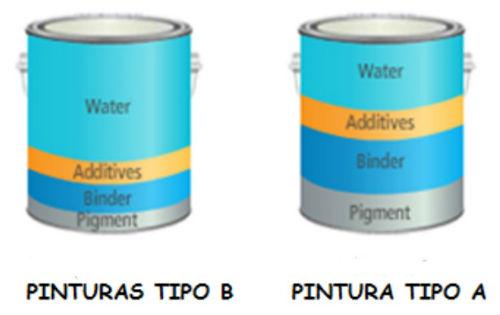
Fig. 4 Differences between a type A paint and a type B paint.
It is evident that to sustain a price difference between both types of paint, it has been necessary to impact the content of the components that give functionality and performance to the paints. In this case, it is observed that the content of "Solid" material, that is, the material that will eventually form the paint film, is superior in paint A, relative to paint B.
On the contrary, the water content is higher in type "B" paint. It follows from this observation that the content of solids is a value that allows us to give us a first idea if we are in the presence of a high-performance or medium-performance painting. However, this value is not sufficient for a definitive classification. It is necessary that the solids ratio includes an important Binder content, since this component is responsible for the protection and performance properties of the film. Considering this factor is important because we can design a paint with high solids, from the massive use of cheap fillers.
To verify that we are indeed facing a painting A, the density or weight per gallon is used. The lower the weight per gallon, we can assume that we have the more Binder. This factor is key because it is directly associated with the performance of the paints, expressed in square meters that are covered by each gallon of paint. This means that we can cover more area with fewer passes or "hands" of paint, with a type A paint than with a type B paint, and much more than with a type C paint.
Of course, it's not just performance that's a factor to consider. Type "A" paints have in their formulation other elements that benefit the application process such as antibacterial properties, fungicides, water repellency, among others. It will depend on the particular needs of the user, and their budget, to decide what type of paint they need. For example, if it is a question of protecting a façade, on whose appearance the value of the property often depends, a type "A" painting would be recommended. For interior spaces, a B or C type paint could do the job.
These are data that can be obtained, along with other complementary data, on the product label. With them, and the guidance of the specialist that the stores make available to the user, you can ensure that your paint work looks as good as those made by our friends, the masters of the fat brush.
* Lic. José Tomas Rojas. MSc. President JTROJAS PINTURAS. Email: [email protected] Twitter: @JtrojasPinturas. Whatsapp: +584143498149.

























Leave your comment